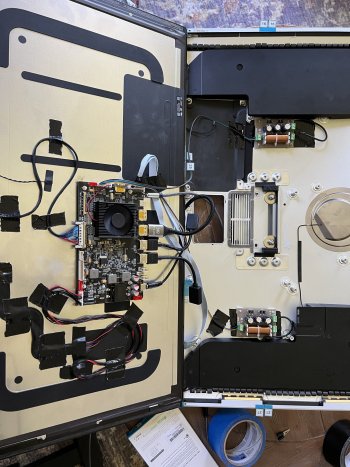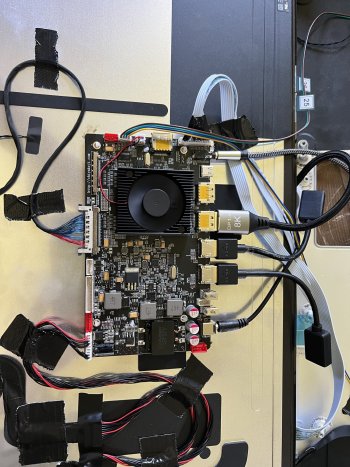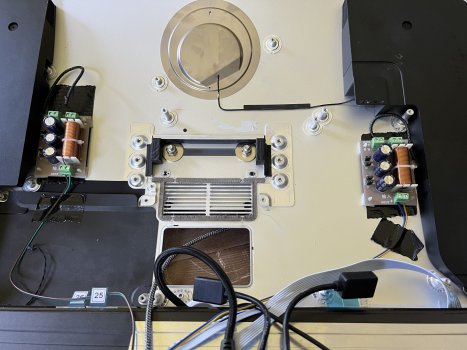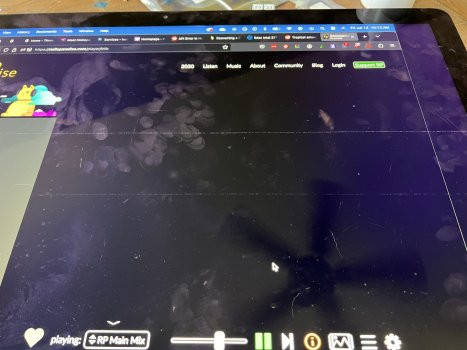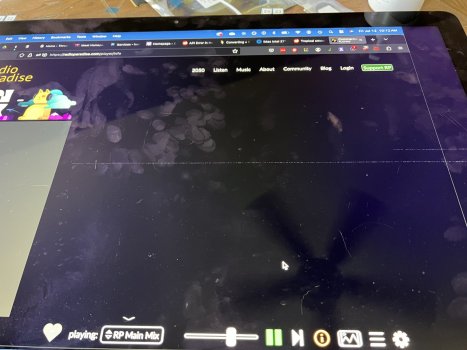To members who have compiled lists of the various boards used for DIY monitor conversions, like @i486dx2-66 and @sebko200, yet another pair of new boards seem to have appeared...
With similarities to the Haijing T18 and T19, and with the same prefix as the JRY-W9CUHD-AA1... we now have the
JRY-W9RQUHD-FA1, and the JRY-W9RQUHD-SA1, from Shenzhen JRY Xinxian Technology Co., Ltd.

There are pictures of each board under the Specifications>View More tab, and a description:
The JRY-W9RQUHD-FA1 board is a UHD display driver board
Built in MPRT dimming function, maximum resolution
5120X2880/60HZ
*supports eDP screen interface signal output.
*supports multiple OSD languages to choose from.
*supports HDMI 2.1, HDCP supports version 2.3.
*supports DP1.4 signal input.
*supports headphone and speaker functions.
*supports OD acceleration function.
*supports Freesync functionality
*supports HDR function.
The JRY-W9RQUHD-SA1 board is a QUHD display driver board
Built in MPRT dimming function, the most efficient
The high resolution is 5120X2880/165Hz.
*Support EDP screen interface signal output.
*Supports multiple OSD languages to choose from.
*Supports HDMI 2.1, HDCP supports version 2.3.
*Supports DP1.4 signal input.
*Supports USB mouse, keyboard, and other functions
*Supports headphone and speaker functions.
*Supports TYPE-C video input and provides external 90W power supply.
*Supports OD acceleration function.
*Supports Freesync functionality.
*Supports HDR functionality.
With typos/misleading differences in the listings and pics - The high resolution is 5120X2880/165Hz, and Both driver boards can achieve 5120X2880/165Hz. 10BIT, Supports HDMI2.1 etc, it remains to be seen what they actually can do.
The screenshot pic shows HDMI 5K RGB 10-bit using Windows, so presumably they are an advancement over the earlier boards?
No IR remote, however.
oooooh good find i will order one!


